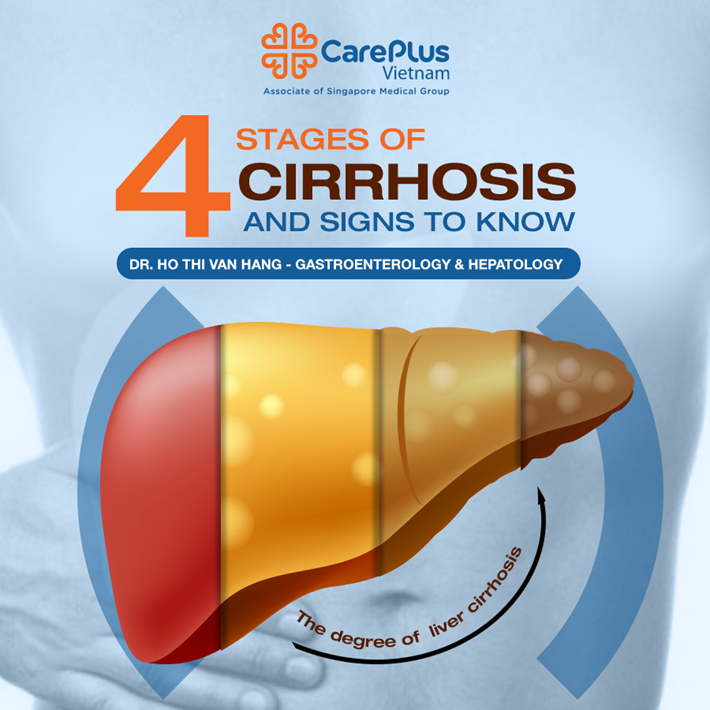4 Stages of cirrhosis and sign to know
Cirrhosis is the result of many causes that damage cells… liver tissue. When the amount of damaged cells such as liver tissue exceeds the regenerative capacity of the liver, these sites are replaced by scar tissue, the process of liver cell damage and fibrosis occurs continuously for many years, days. The more severe it will lead to total cirrhosis

10/26/2022 4:42:16 PM
Cirrhosis of the liver:
Stage 1: Inflamed, necrotic liver parenchyma cells are replaced by fibrous, scar tissue. This is the new scar lesion stage. The degree of fibrosis is not much, not yet deeply affected, so the symptoms are not clear.
Stage 2: The degree of fibrosis is more widespread, causing liver function to begin to be affected, especially the detoxification function, the patient may feel fatigue, bloating, loss of appetite, weight loss, body weakness. .
Stage 3: The degree of fibrosis prevails, overwhelms the liver parenchyma cells, the structure of the liver is reversed, leading to portal hypertension and obvious decline in many liver functions. The symptoms are clear: Poor appetite, rapid weight loss, fatigue, poor mental clarity, yellowing of the skin, yellow eyes, swollen legs and abdomen.
Stage 4: End stage cirrhosis with symptoms like stage 3 and possible complications of cirrhosis such as gastrointestinal bleeding, kidney failure, peritonitis, coma...
If the disease is detected at stage 1,2: Solve the cause & treat, the damage can be reversed or slow to progress. Lesions at stage 3 and 4 are irreversible even with treatment.
Specialized liver and biliary examination, using ultrasound to measure liver stiffness, can detect stage 1-2 lesions even when the patient has no symptoms.